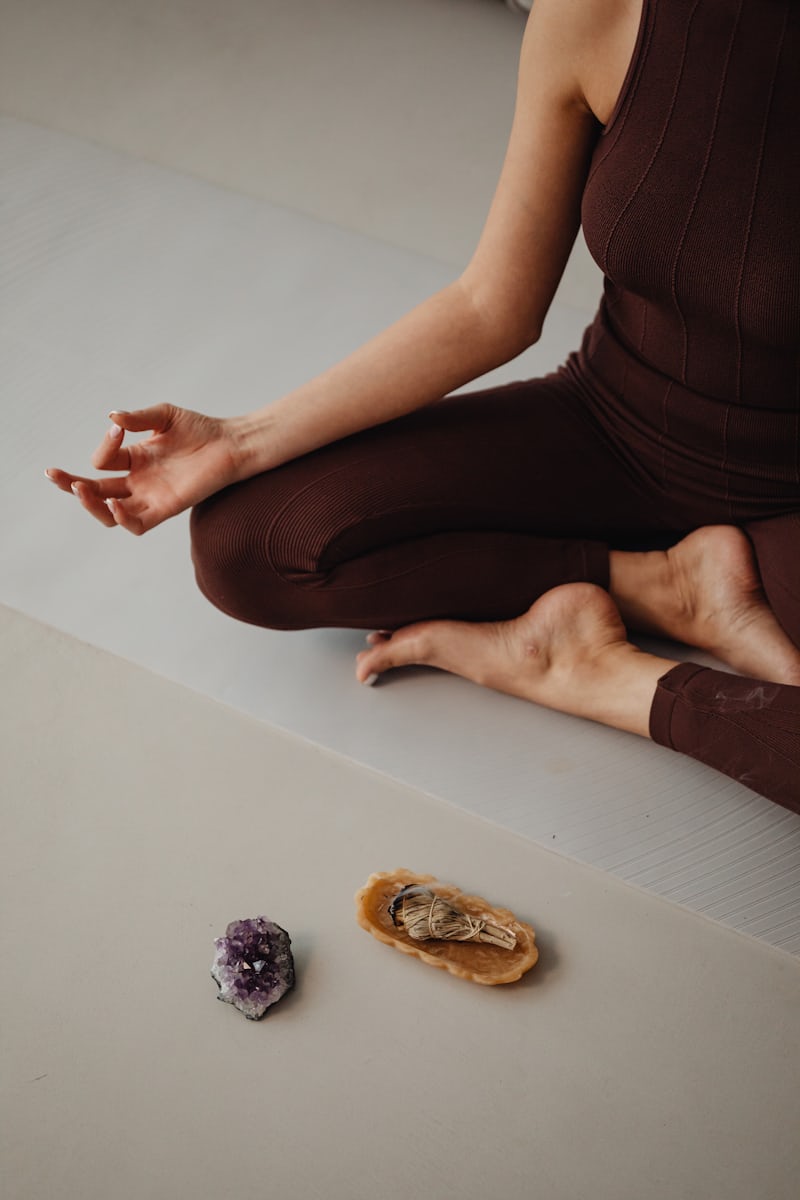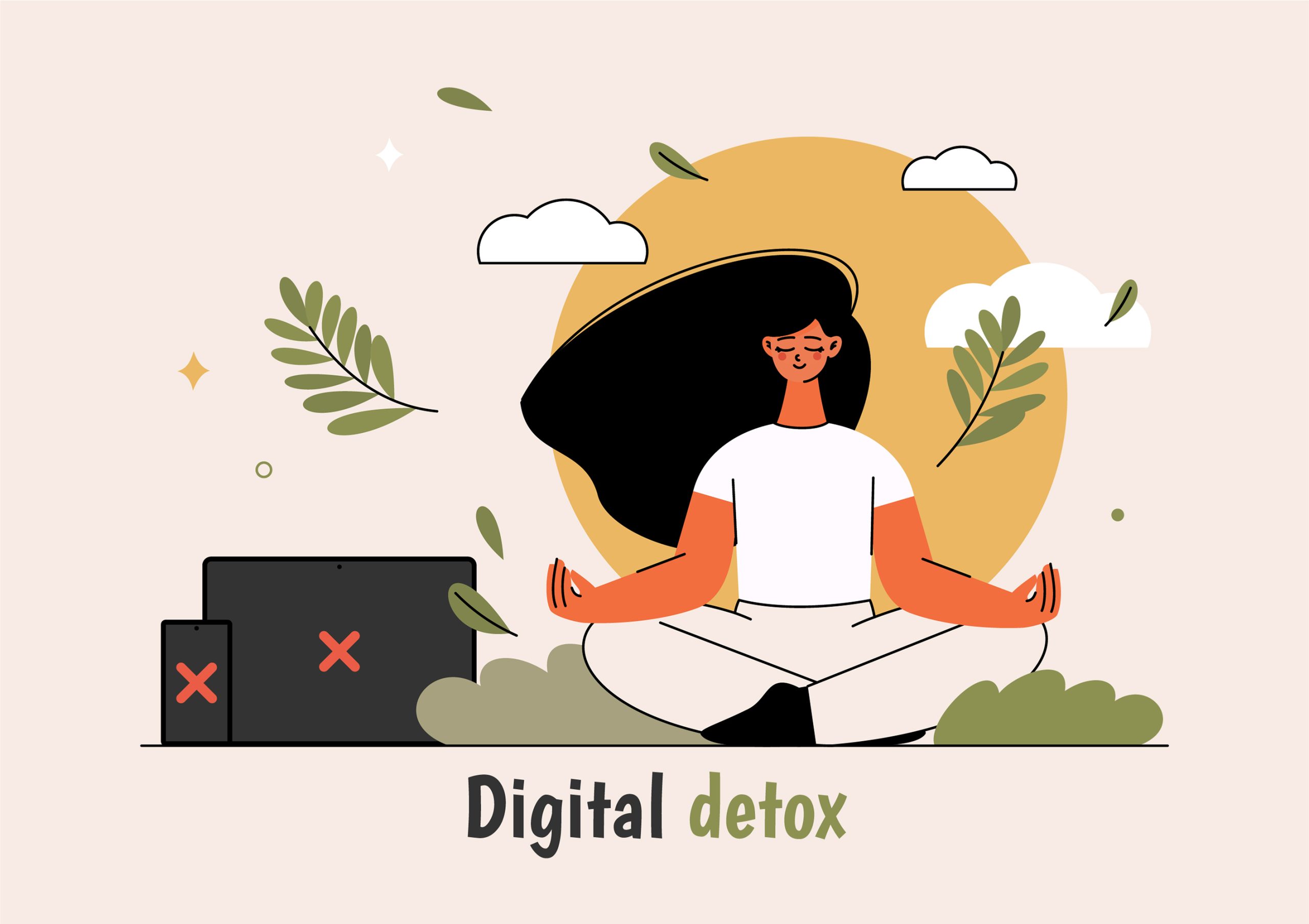Meditation has been practiced for thousands of years, yet in today’s busy world, it feels more essential than ever. With stress, anxiety, and constant distractions, meditation offers a way to pause, breathe, and reconnect with yourself.
If you are new to meditation, you might wonder: “Where do I start?” “Do I need to sit cross-legged for hours?” “What if my mind keeps wandering?” Don’t worry—everyone starts as a beginner, and meditation’s beauty lies in its simplicity.
This guide will walk you through easy meditation techniques for beginners, tips to build consistency, and ways to gradually experience the benefits.
What Is Meditation?
Meditation is the practice of training your mind to focus, become aware, and find clarity. Many people believe meditation is about “stopping thoughts” or “emptying the mind,” but that’s not true. Thoughts will always come and go; meditation teaches you how to observe them without judgment and gently return your focus.
Benefits of Meditation for Beginners
- Reduces Stress and Anxiety: Meditation lowers cortisol, the stress hormone, helping you feel calmer.
- Improves Focus: Even 10 minutes daily can sharpen concentration.
- Better Sleep: Calms the nervous system and improves sleep quality.
- Emotional Balance: Helps manage negative thoughts and stay grounded.
- Boosts Self-Awareness: Encourages a deeper connection with yourself.
- Enhances Patience and Kindness: Mindfulness meditation makes you more compassionate.
Best Meditation Techniques for Beginners
Start with just 5–10 minutes a day and gradually increase as you get comfortable.
1. Mindful Breathing
The simplest meditation technique is focusing on your breath.
- Sit comfortably with your back straight but relaxed.
- Close your eyes and take a few deep breaths.
- Notice the natural rhythm of your breathing.
- When your mind wanders, gently return your focus to the breath.
Why it works: Breath is always present, making it the easiest anchor for attention. Mindful breathing instantly calms the mind and body.
2. Body Scan Meditation
This technique helps you release tension and connect with your body.
- Lie down or sit comfortably.
- Start from the top of your head and slowly move attention to each part of your body.
- Notice sensations without trying to change them.
- Move downwards: forehead, eyes, jaw, shoulders, chest, arms, stomach, legs, and feet.
Why it works: Releases stress and makes you more aware of how emotions appear physically.
3. Guided Meditation
If silence feels intimidating, guided meditations are a great starting point.
- Use a meditation app or YouTube guided session.
- Follow the instructor’s voice for breathing, visualization, or relaxation exercises.
Why it works: Beginners can stay focused without figuring out everything alone.
4. Mantra Meditation
Mantra meditation uses a word or phrase repeated silently or aloud to help focus the mind.
- Choose a word or phrase like “peace,” “om,” or “I am calm.”
- Repeat it slowly, focusing on the sound.
- If your mind drifts, return to the mantra gently.
Why it works: Repetition creates rhythm that blocks distractions and helps reach a deeper state of calm.
5. Loving-Kindness Meditation (Metta)
This practice develops compassion and positivity.
- Sit quietly and focus on your heart.
- Silently repeat phrases such as “May I be happy,” “May I be healthy,” “May I be safe.”
- After a few minutes, extend these wishes to loved ones, strangers, and eventually all beings.
Why it works: Softens the heart, reduces anger, and increases empathy.
6. Walking Meditation
Perfect for those who find sitting still difficult.
- Choose a quiet place and walk slowly.
- Pay attention to each step and the movement of your feet.
- Sync your breath with your steps.
- Observe your surroundings mindfully without judgment.
Why it works: Turns movement into a grounding meditation practice.
7. Visualization Meditation
This method uses mental imagery to relax and focus.
- Close your eyes and imagine a peaceful scene like a beach or forest.
- Use all senses to make the visualization vivid.
- Stay in this imagery for several minutes.
Why it works: Reduces stress and promotes a positive emotional state.
Tips for Beginners
- Start small: Even 2–5 minutes daily is enough.
- Choose the same time every day: Morning or bedtime works best.
- Don’t force it: Gently return focus when your mind wanders.
- Create a calm space: Use a cushion or chair in a quiet corner.
- Consistency is key: Daily short sessions > occasional long ones.
- Use technology: Apps and timers can help beginners stay on track.
Common Challenges and How to Overcome Them
- “I can’t stop thinking.” Thoughts will come; just observe and return to focus.
- “I don’t have time.” Even one mindful minute counts.
- “I get bored.” Try different techniques like guided, walking, or mantra meditation.
- “I fall asleep.” Sit instead of lying down or meditate in the morning.
Building a Daily Meditation Habit
- Pair it with existing habits: Meditate after brushing your teeth or before bed.
- Track progress: Use a journal or app to record your sessions.
- Be patient: Benefits build over time.
- Celebrate small wins: Even a 2-minute session counts.
A Beginner’s 7-Day Meditation Plan
- Day 1: 5 minutes mindful breathing
- Day 2: 5 minutes body scan
- Day 3: 10 minutes guided meditation
- Day 4: 5 minutes mantra meditation
- Day 5: 10 minutes loving-kindness meditation
- Day 6: 10 minutes walking meditation
- Day 7: 10 minutes visualization meditation
Final Thoughts
Meditation isn’t about perfection; it’s about presence. Even a restless mind can benefit. With patience and practice, meditation brings calmer thoughts, deeper self-awareness, and a greater sense of balance in life.
Take a deep breath, close your eyes, and begin. Your journey to inner peace starts with just one mindful inhale.



